Course Of Study
We innovate learning process

We innovate learning process

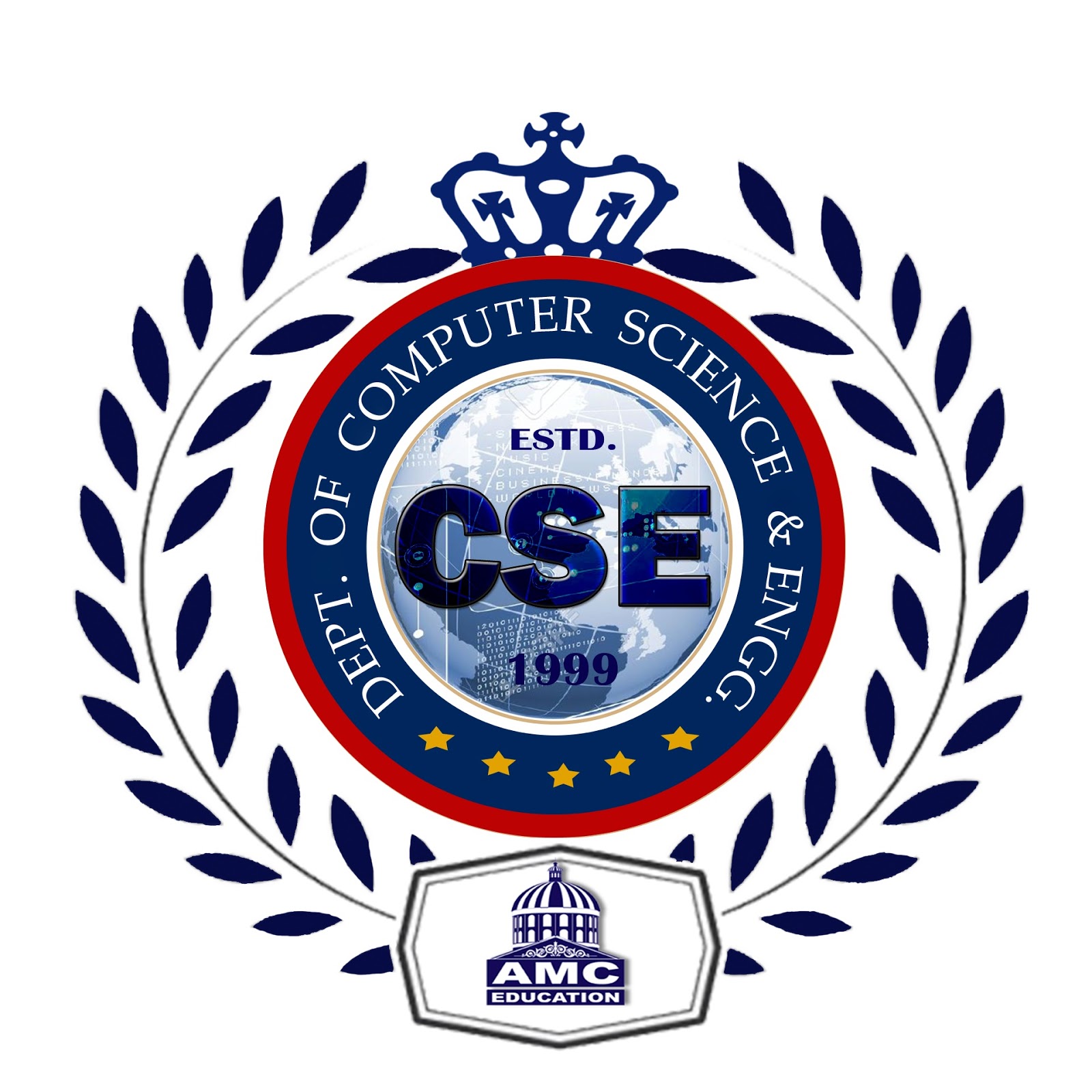
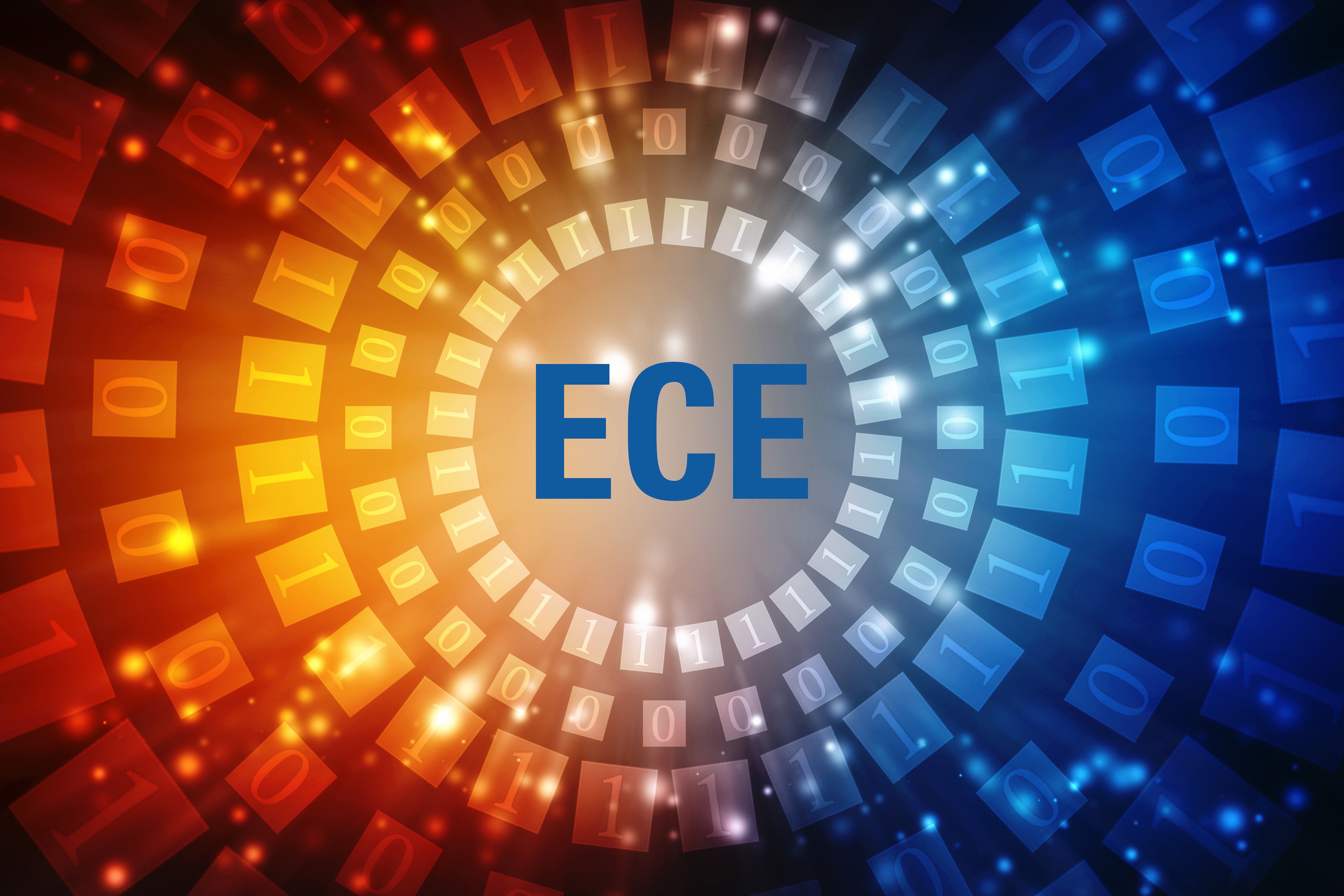
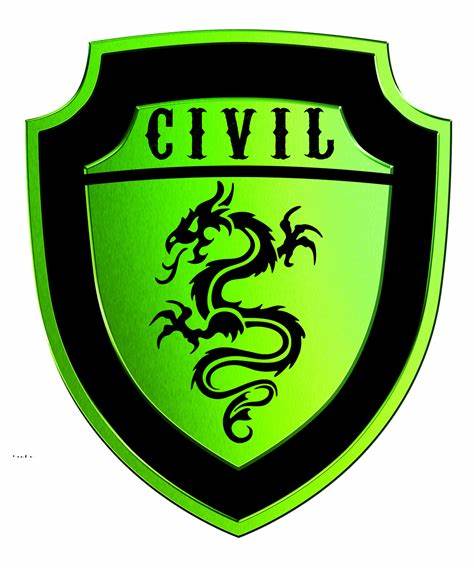


In this course, you'll learn about different AI algorithms and models, and how to apply them to solve real-world problems. You'll also gain hands-on experience by working on projects that involve building AI systems and applications. Throughout the course, you'll explore various AI techniques, such as supervised learning, unsupervised learning, and reinforcement learning. You'll also dive into topics like neural networks, deep learning, and data preprocessing. By the end of the course, you'll have a solid foundation in AI and be equipped with the skills to design and develop intelligent systems. This course opens up exciting career opportunities in fields like data science, machine learning engineering, and AI research.
The objectives of an Artificial Intelligence course can vary depending on the specific program or institution offering the course. However, here are some common objectives you might find in an AI course:
These objectives aim to provide students with a solid foundation in AI concepts, techniques, and applications, and prepare them for careers in AI-related fields.
PyTorch
Microsoft Azure
Tensor Flow
IBM Watson
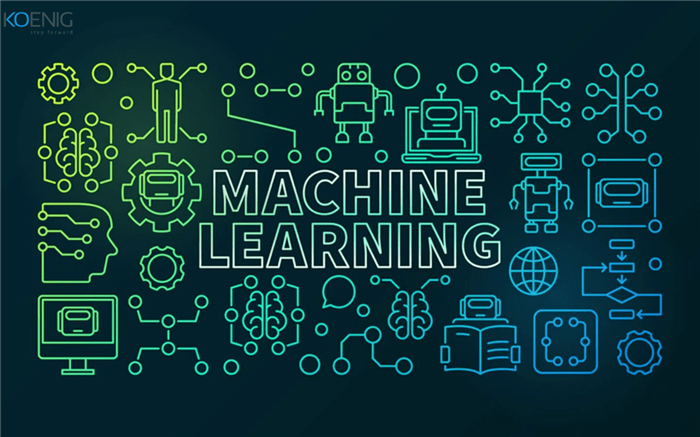
Machine learning is a fascinating field of study within artificial intelligence. It focuses on developing algorithms and models that allow computers to learn and make predictions or decisions without being explicitly programmed. Instead of following rigid instructions, machines learn from data and experiences to improve their performance over time. In machine learning, we have two main types: supervised learning and unsupervised learning. In supervised learning, the computer is trained using labeled data, where it learns to make predictions based on input-output pairs. For example, if we want to train a model to classify images of cats and dogs, we would provide it with labeled images of cats and dogs. On the other hand, unsupervised learning involves training the computer on unlabeled data, where it learns to find patterns or structure within the data without any specific guidance. This can be useful for tasks like clustering or anomaly detection. Machine learning algorithms can be applied to various domains, including image and speech recognition, natural language processing, recommendation systems, and many more. The more data the algorithm is exposed to, the better it can learn and make accurate predictions.
coursera
Kaggle
Tensor Flow
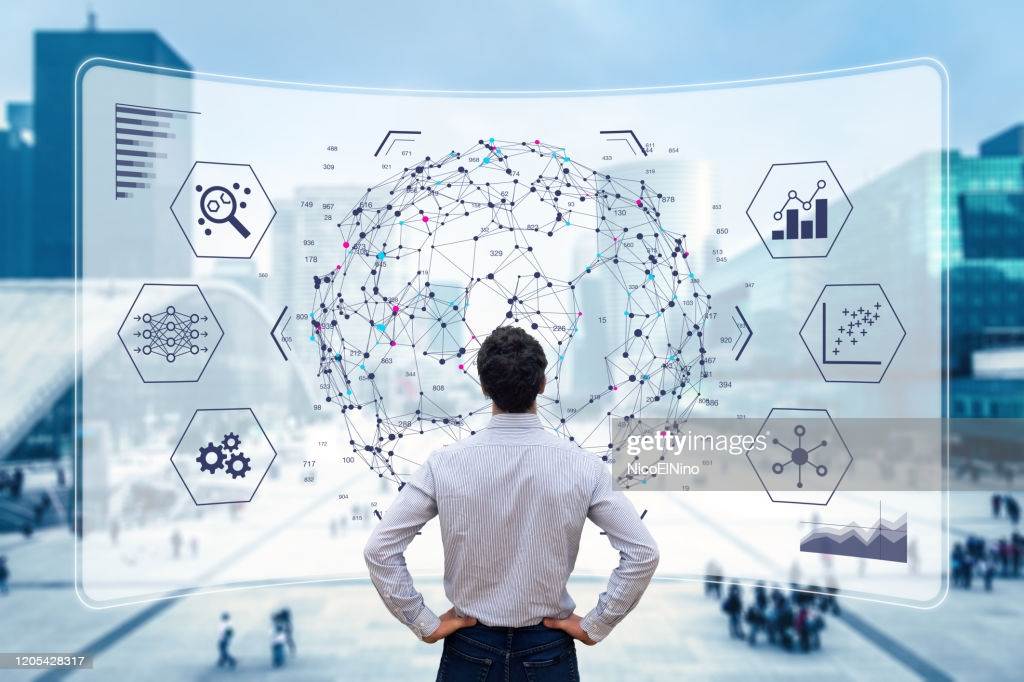
Sure, I can give you an introduction to data structures! Data structures are a way to organize and store data in a computer. They help us efficiently manage and manipulate data. Think of them as different ways to arrange and store information. There are various types of data structures, each with its own characteristics and uses. Some common ones include arrays, linked lists, stacks, queues, trees, and graphs. - Arrays are like a sequence of elements stored in a specific order. They allow for easy access to elements using their indices. - Linked lists consist of nodes, where each node holds data and a reference to the next node. They are useful for dynamic size and efficient insertion and deletion. - Stacks follow a Last-In-First-Out (LIFO) approach, where the last item added is the first one to be removed. It's like a stack of plates where you can only take the top one. - Queues follow a First-In-First-Out (FIFO) approach, where the first item added is the first one to be removed. It's like waiting in a line, where the first person to join is the first one to leave. - Trees have a hierarchical structure with a root node and child nodes. They are used for organizing and searching data efficiently. - Graphs represent relationships between objects using nodes and edges. They can be used to model networks or connections.
Coursera
edX
GeeksforGeeks
LeetCode
HackerRank

Sure thing! An algorithm is like a recipe or a set of instructions that tells you how to solve a problem or perform a task. It's a step-by-step procedure that you follow to achieve a desired outcome. In the world of computer science, algorithms play a crucial role in solving complex problems efficiently. They are the building blocks of software development and are used in various applications, from sorting and searching data to optimizing routes in GPS systems. When designing an algorithm, you need to consider factors like time efficiency (how long it takes to run) and space efficiency (how much memory it requires). A well-designed algorithm can make a huge difference in the performance and functionality of a program. In an algorithm course, you'll learn different techniques for designing algorithms, such as divide and conquer, greedy algorithms, and dynamic programming. You'll also study algorithm analysis, which helps you evaluate the efficiency of algorithms and make informed decisions about which one to use for a particular problem. Throughout the course, you'll gain hands-on experience implementing algorithms in a programming language. This practical aspect will help you understand how algorithms work in real-world scenarios and improve your coding skills.
Coursera
edX
GeeksforGeeks
OnlineGDB
LeetCode
HackerRank
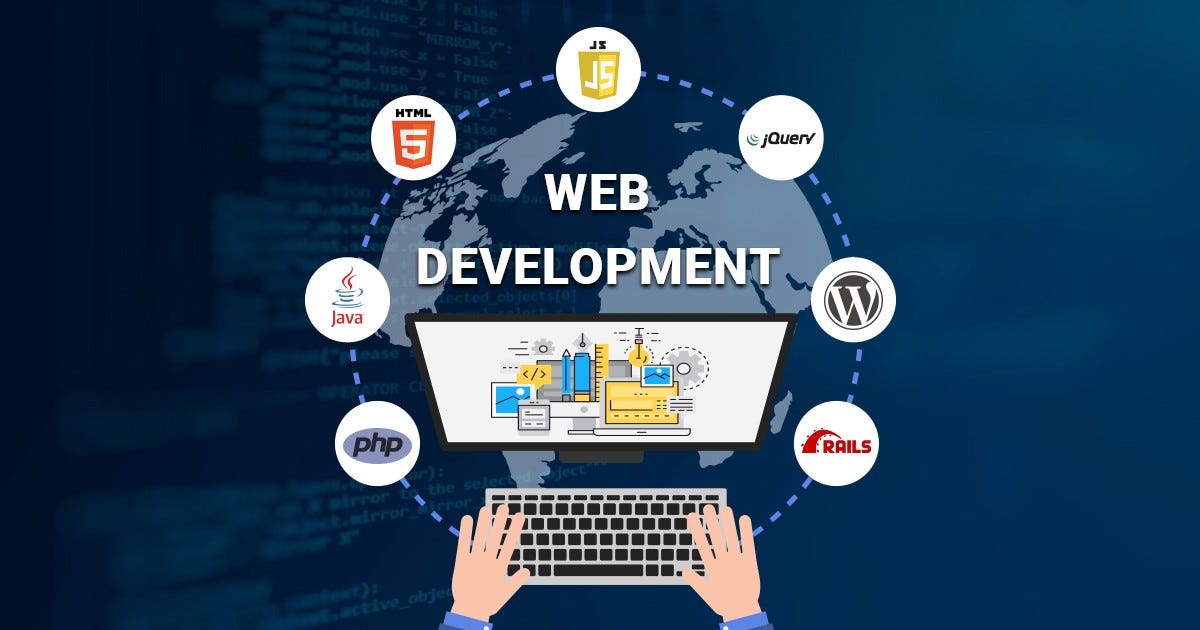
Web development involves creating websites and web applications that can be accessed through the internet. It's a fascinating field that combines coding, design, and problem-solving skills.
To get started with web development, here are a few key concepts you should know:
The objective of a web development course is to provide you with the knowledge and skills needed to become a proficient web developer. By the end of the course, you should be able to:
WordPress
wix
Shopify
Joomla
React
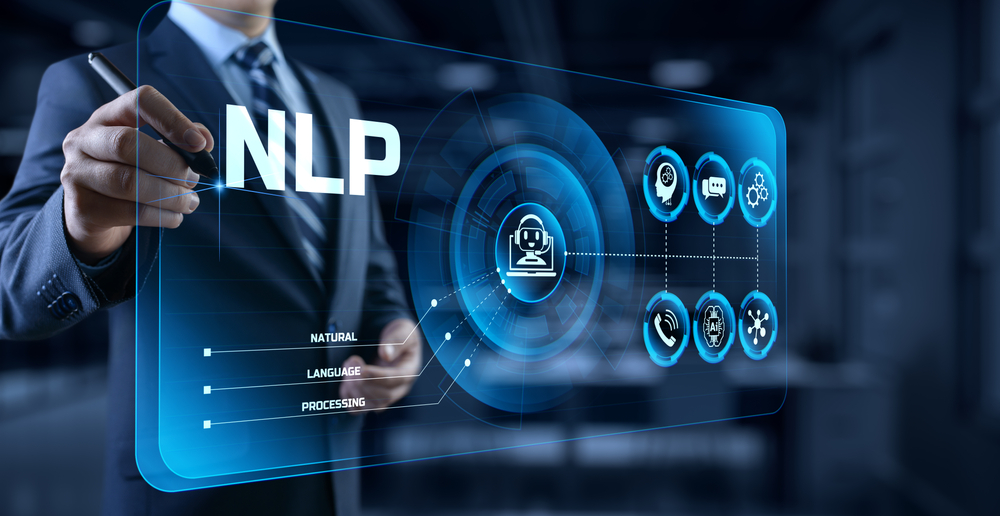
Sure! Natural Language Processing (NLP) is a field of study that focuses on the interaction between computers and human language. It involves teaching computers to understand, interpret, and generate human language in a way that is meaningful and useful.
NLP combines techniques from computer science, linguistics, and artificial intelligence to enable computers to process and analyze text and speech data. Some common applications of NLP include
NLP involves various techniques and algorithms, including machine learning, deep learning, and statistical modeling. It's an exciting field with many practical applications that are becoming increasingly important in our digital world
Here are some possible objectives you can expect from a Natural Language Processing (NLP) course:
By the end of the course, you should have a solid foundation in NLP techniques and be able to apply them to various real-world problems.
Google Cloud Natural language
IBM Watson Natural language understanding
SpaCy
NLTK

Cybersecurity is all about protecting computers, networks, and data from unauthorized access or damage. It's like having a digital bodyguard for your online world! With the increasing reliance on technology, cybersecurity has become super important. Cybercriminals are always looking for ways to exploit vulnerabilities and steal sensitive information. That's where cybersecurity comes in to defend against these threats!
There are different aspects of cybersecurity, such as:
Cybersecurity is a constantly evolving field, as new threats and technologies emerge. It's important for individuals and organizations to stay updated and take proactive measures to protect themselves.
Firewalls
Antivirus Software
Intrusion Detection System
Security Information and Event Management
Vulnerability Assessment Tools

A database is a structured collection of data that is organized and stored in a computer system. It allows you to efficiently store, manage, and retrieve large amounts of information. Databases are used in various applications, such as websites, online shopping, banking systems, and more.
MySQL
Oracle Database
Microsoft SQL server
MongoDB
PostgreSQL

Parallel computing is a fascinating topic that involves performing multiple computations simultaneously. It's like having multiple processors working together to solve a problem faster.
parallel computing, tasks are divided into smaller subtasks that can be executed simultaneously. This can significantly speed up computations, especially for complex problems that require a lot of processing power.
MPL(Message passing Interface)
Open MP
Compute Unified Device Architecture
Open Computing Language

Computer animation is like bringing drawings or models to life on a computer screen! It's a super cool way to create moving images and visual effects using software and technology. With computer animation, you can make characters dance, objects fly, and even create entire virtual worlds. It's used in movies, video games, advertisements, and so much more. It's a creative and exciting field that combines art and technology to make things come alive in a digital world.
Autodesk Maya
Blender
Adobe After Effects
Unity
Toon Boom Harmony
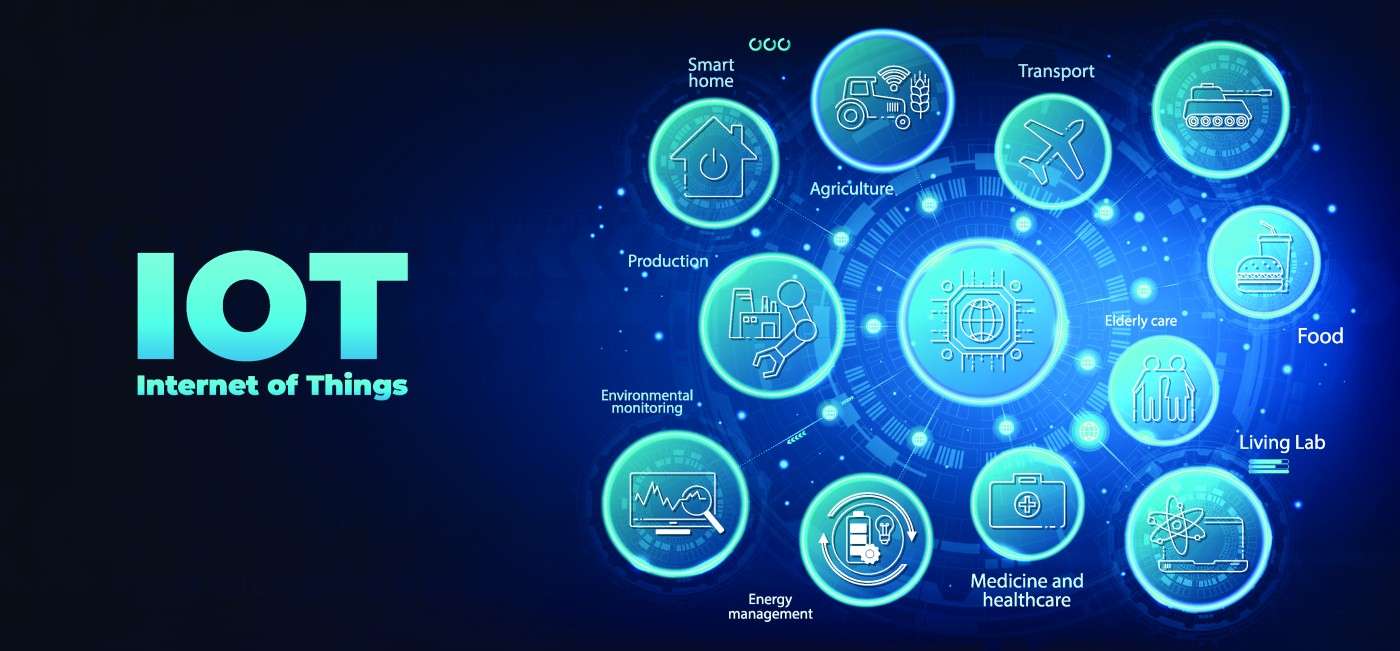
IoT is all about connecting everyday objects to the internet so they can talk to each other and share information. It's like making things "smart" by giving them sensors and software. This opens up a whole new world of possibilities in industries like healthcare, transportation, and more. It's all about making our lives easier and more connected
AWS iot
Microsoft Azure IOT
Google Cloud IOT
IBM Watson IOT
Oracle IOT Cloud

Data mining is a process of discovering patterns, relationships, and insights from large sets of data. It involves using various techniques and algorithms to extract valuable information from raw data. By analyzing the data, data mining can help uncover hidden patterns, make predictions, and support decision-making in various fields such as business, healthcare, finance, and marketing. It's like digging into a treasure trove of data to find valuable nuggets of information
Rapid Miner
Orange
Knime

In an intro to Human-Computer Interaction (HCI) course, you'll learn how to design technology that's easy to use and enjoyable for people. You'll study things like user-centered design, usability testing, and creating interfaces that meet people's needs. It's a cool field that combines psychology, design, and technology. Let me know if you want more info!
Adobe XD
Figma
Invision
Optimal Workshop
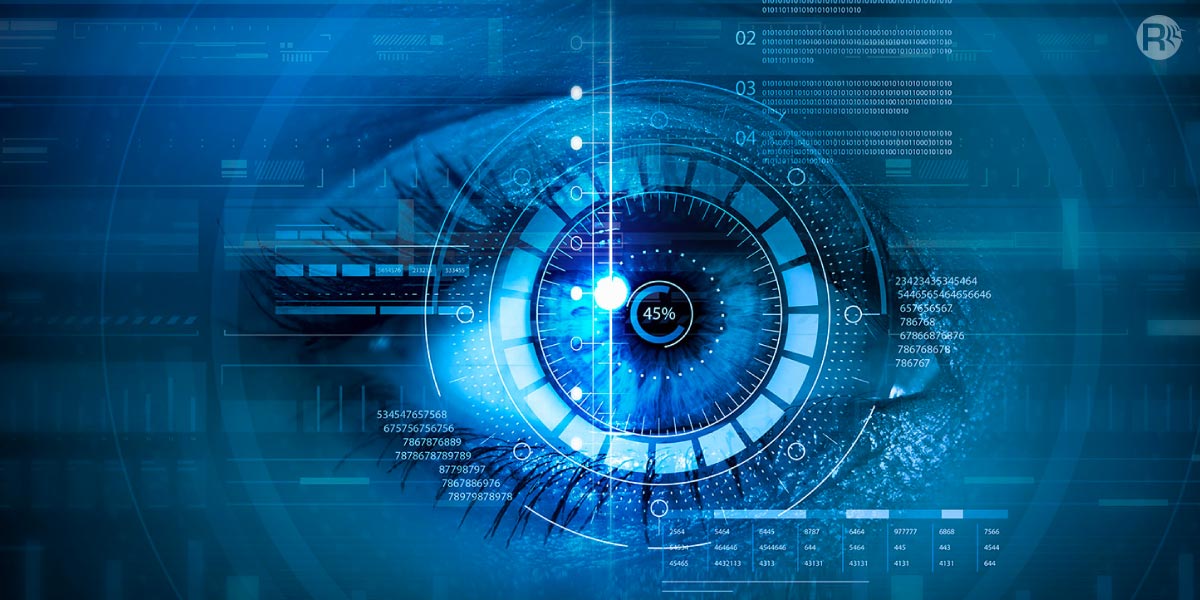
Computer vision is about teaching computers to see and understand images and videos. It helps them recognize objects, classify images, and do cool things like facial recognition. It has many real-world applications like healthcare, autonomous vehicles, and more. It's all about making machines understand the visual world!
Open CV
Tensor Flow
Pytorch
Google Colab
Jupyter Notebook
Kaggle
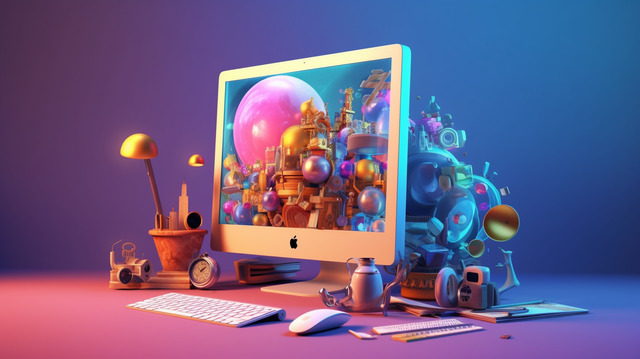
Computer graphics is all about creating and manipulating visual content using computers. In an intro course, you'll learn how to make cool images, animations, and 3D models. You'll explore things like shading, lighting, and texture mapping. It's a creative and technical field where you can bring virtual worlds to life!
Open GL
Web Gl
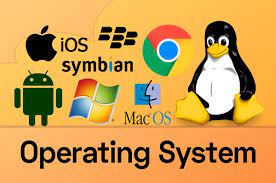
An operating system (OS) is like the brain of a computer. It manages computer hardware and software, allowing different programs to run smoothly. In an intro to operating systems course, you'll learn about the key components of an OS, like process management, memory management, file systems, and device management. You'll also explore different types of operating systems, such as Windows, macOS, Linux, and mobile OSes like Android and iOS. It's a fascinating field that gives you a deeper understanding of how computers work.
Linux
Windows
Mac OS
Visual Studio
IDEs
Replit
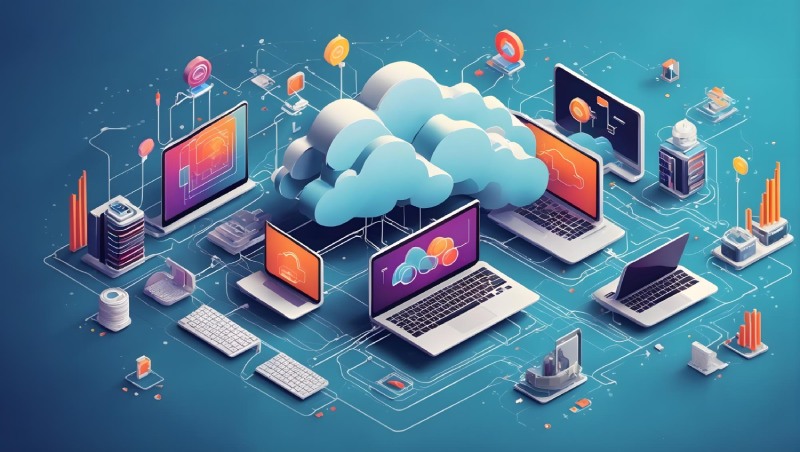
An intro to computer networks course is all about understanding how computers and devices are connected and communicate with each other. You'll learn about the fundamental concepts and protocols that make up a network, such as TCP/IP, Ethernet, and DNS. You'll also explore different types of networks, including local area networks (LANs), wide area networks (WANs), and the internet. Topics like network architecture, network security, and network troubleshooting may also be covered. It's a fascinating field that helps you understand how information is transmitted and shared across the world.
Academy
Udemy
Coursers
Cisco packet Tracer
GNS3
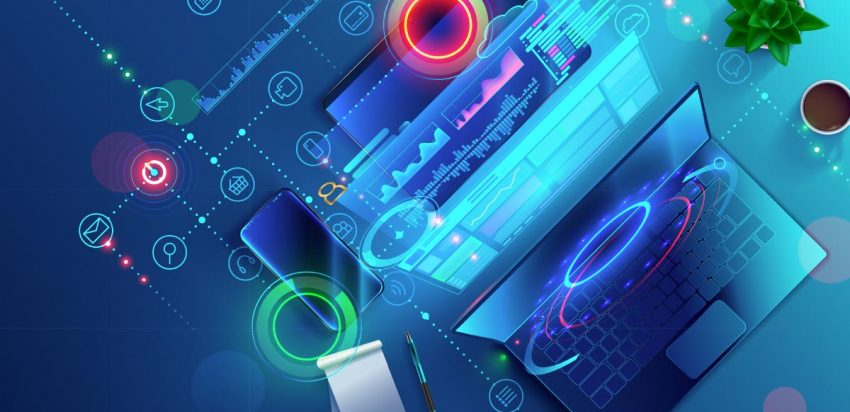
An intro to software engineering course teaches you how to develop high-quality software. You'll learn about the entire software development process, including requirements gathering, design, implementation, testing, and maintenance. Topics like project management, software architecture, and testing will be covered. It's a cool field that helps you build reliable software systems.
edX
Coursera
Udemy
Code Pen
Online GDB
Replit

leo
meo
gnss
glonass
LeetCode
HackerRank

Mobile communication has revolutionized the way we connect and communicate with others using our smartphones. It allows us to make calls, send text messages, and access the internet on the go. With mobile communication, we can stay connected with friends and family, access information, and even use various apps and services right from our phones. It has made communication more convenient and accessible, bringing people closer together no matter where they are. It's pretty amazing how much we can do with our mobile devices!
texting
multimedia
social media
instant messenger
LeetCode
HackerRank
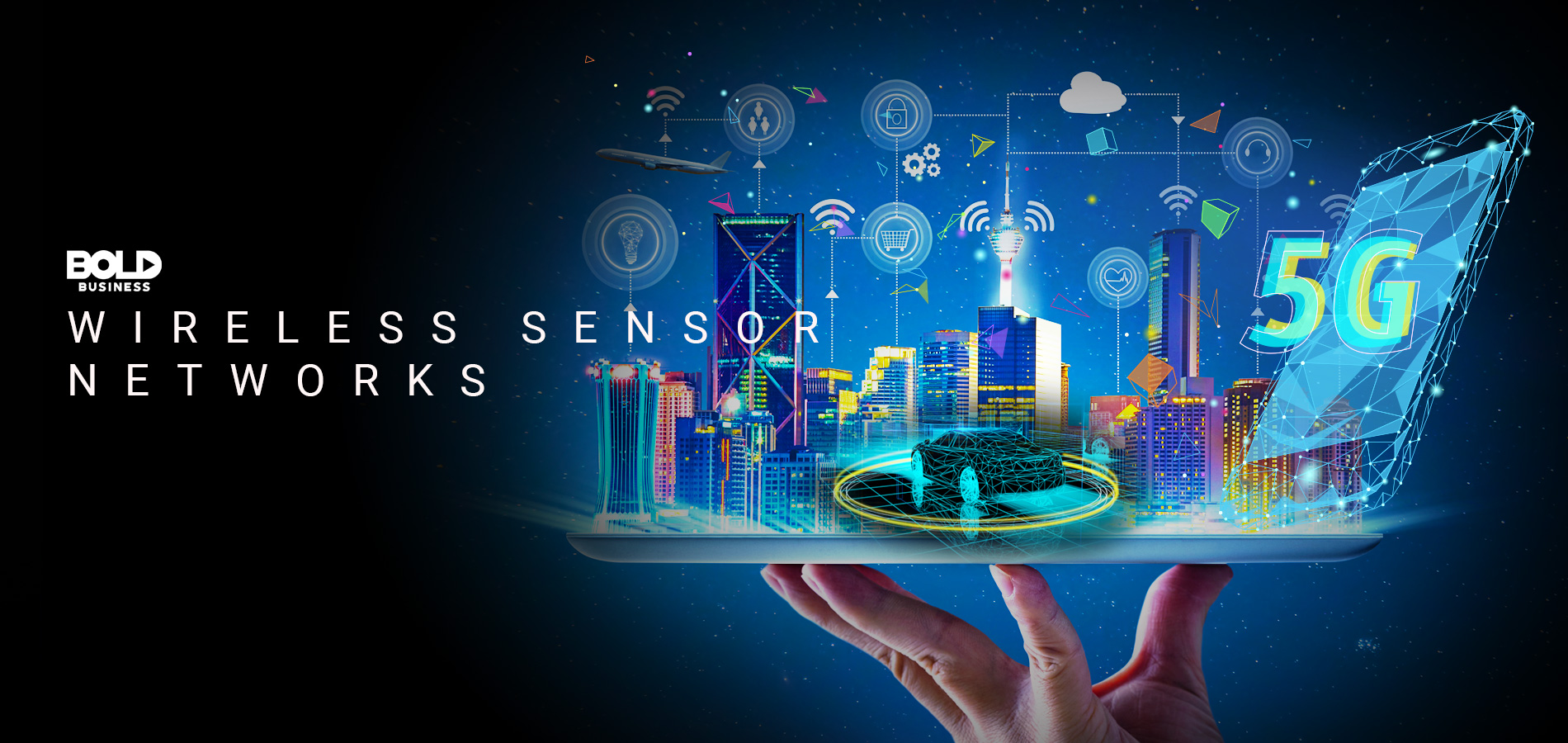
sure, let's talk about wireless sensor networks! Wireless sensor networks (WSNs) are networks of small, low-power devices called sensors that are wireles sly connected to each other. These sensors are equipped with various types of sensors to monitor and collect data from the environment. They can be deployed in various applications such as environmental monitoring, industrial automation, healthcare, and more. WSNs enable the collection of real-time data from remote locations, allowing for efficient monitoring, analysis, and decision-making. The sensors communicate with each other using wireless communication protocols, forming a network that can transmit data to a central base station or other nodes within the network. WSNs have become increasingly important in many fields due to their ability to provide valuable insights and enable automation in various applications. It's fascinating how these networks of tiny sensors can have such a big impact! 🌐📡
sensor
communication
data collection
enery efficiency
LeetCode
HackerRank
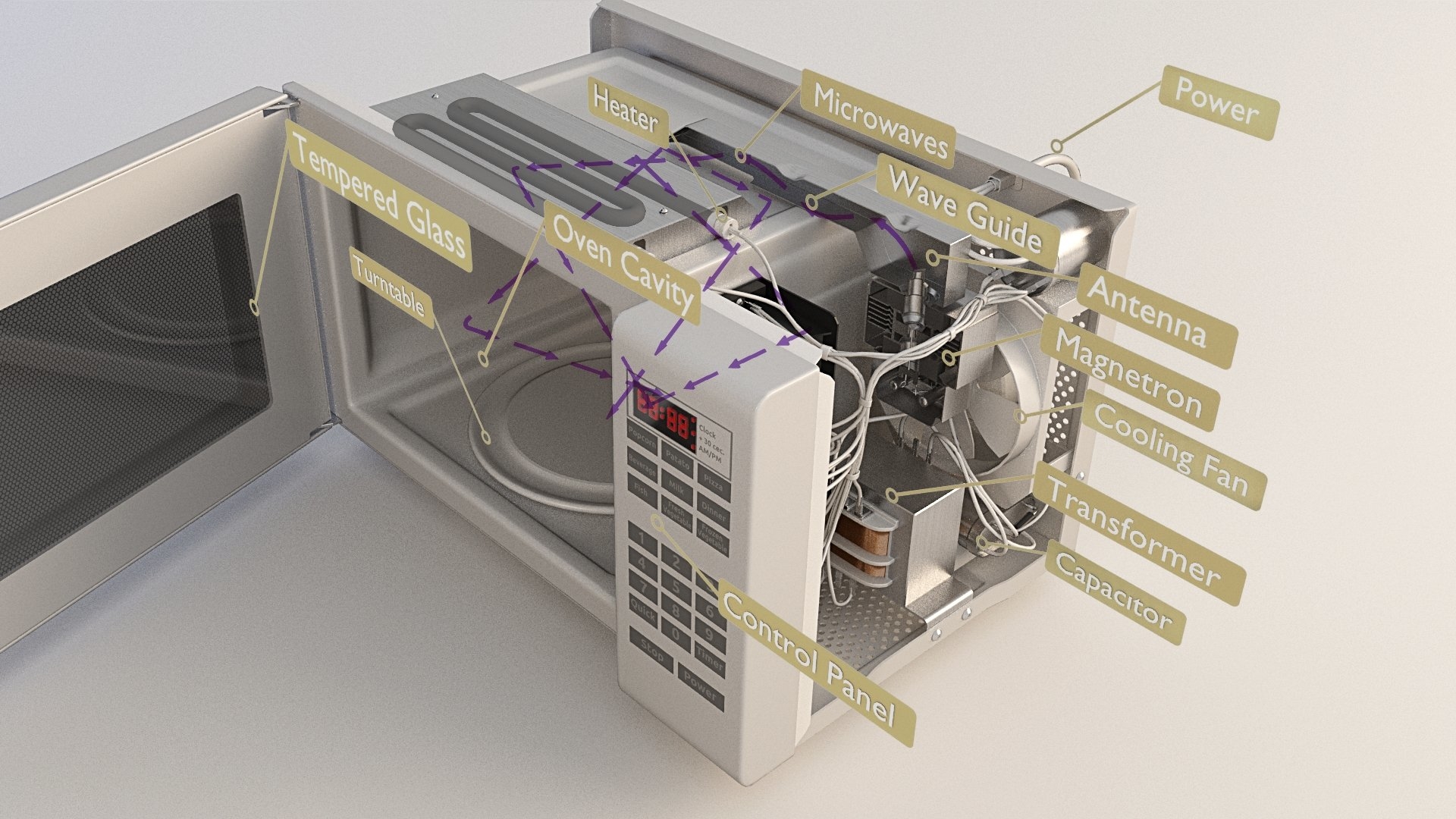
A microwave device is a kitchen appliance that uses electromagnetic waves to heat and cook food quickly. It's super convenient for reheating leftovers or making popcorn in a snap! You just place your food inside, set the time and power level, and let the magic happen. It's a must-have in any modern kitchen!
micro wave frequency
communication
micro wave ovens
line-of-sight
LeetCode
HackerRank
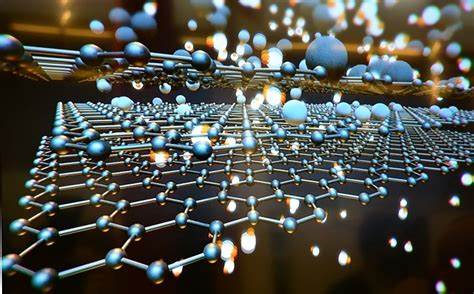
Nano Electronics refers to the field of electronics that deals with extremely small components and devices, often on the nanometer scale. HDL stands for Hardware Description Language, which is a way to design digital circuits using a programming language. So, HDL-based design in nano electronics is using a language to describe and design circuits on a very small scale. It's pretty cool stuff!
hdl-base
vhdl
asics
plds
LeetCode
HackerRank
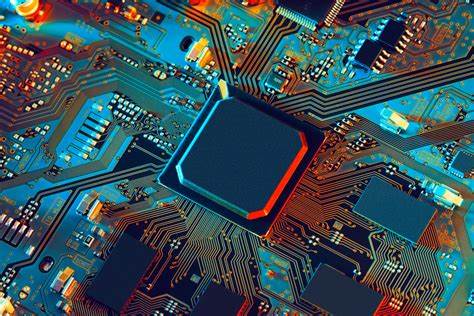
Advanced IC design is about creating complex integrated circuits with high performance, low power consumption, and high integration. It involves designing circuits at the transistor level, optimizing power usage, and using advanced CAD tools. It's a constantly evolving field that plays a key role in developing innovative electronic devices. Exciting stuff
ic
hdl
fpga
pdks
LeetCode
HackerRank
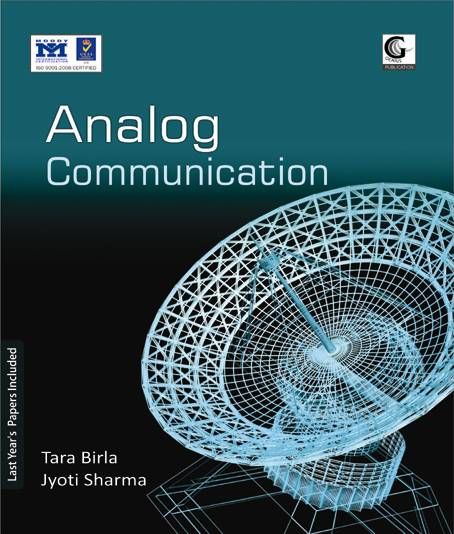
In an analog communication system course, you'll learn about modulation, demodulation, types of modulation (like AM, FM, and PM), signal transmission, noise effects, system components, and practical applications. It's a fascinating field
(AM)
(ADC)
f(DAC)
NTSC
LeetCode
HackerRank
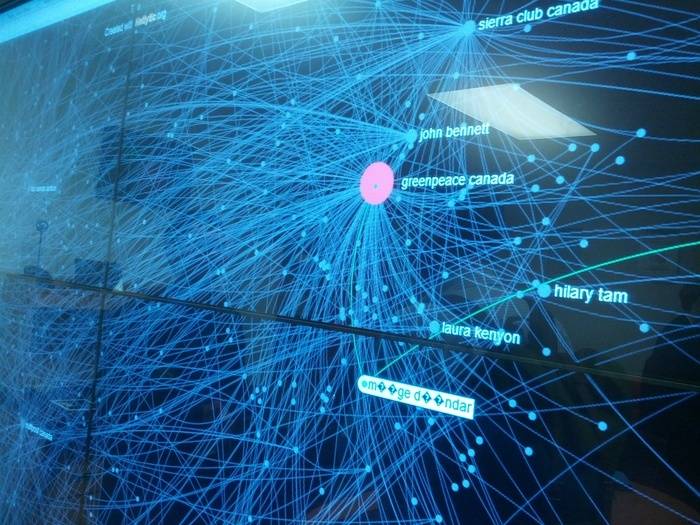
Network analysis is about understanding how electrical circuits behave, while network synthesis is about designing circuits to meet specific requirements. It's all about analyzing and designing electrical networks.
CAD
QUCS
HFSS
CST
LeetCode
HackerRank

An optical communication system uses light to send information over long distances. It's like sending messages through a really long straw, but instead of blowing air, we use light! It's faster and more reliable than traditional systems.
WDM
LEDA
LED
FIBERS
LeetCode
HackerRank
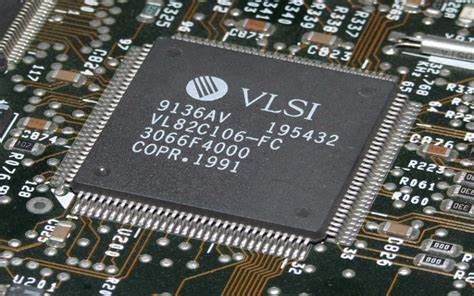
"Intro to VLSI Interconnects and Packaging" is all about learning how to design and implement the wires and packaging in VLSI systems. You'll explore different types of wires and on-chip communication networks, and how they affect performance, power, and size. You'll also learn about packaging techniques that help integrate chips into systems. It's a cool field that plays a big role in modern electronics.
TSVS
HFSS
FOWLP
VLSI
LeetCode
HackerRank
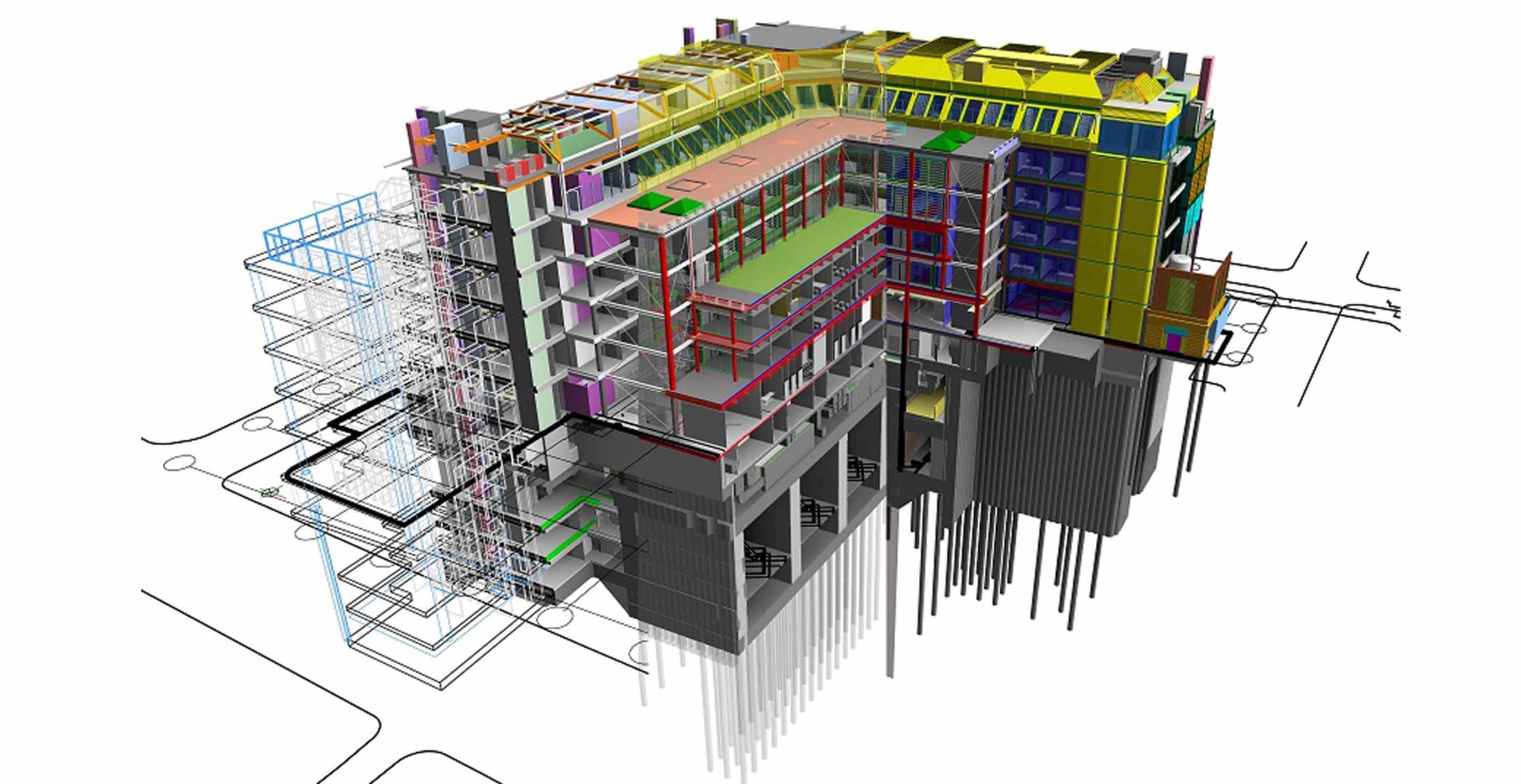
Structure and engineering go hand in hand when it comes to designing and constructing various things like buildings, bridges, and even vehicles. Engineering helps create the blueprint and calculations, while structure focuses on the stability and functionality of these creations. It's a fascinating field that combines creativity and problem-solving skills.
coursera
linkedlin
America society of civil engineers

Transportation engineering is a branch of civil engineering that focuses on designing and improving transportation systems like roads, highways, bridges, and public transportation. It's all about making sure people and goods can move efficiently and safely!
coursera
linkedin learning
Institute of transportation engineer s
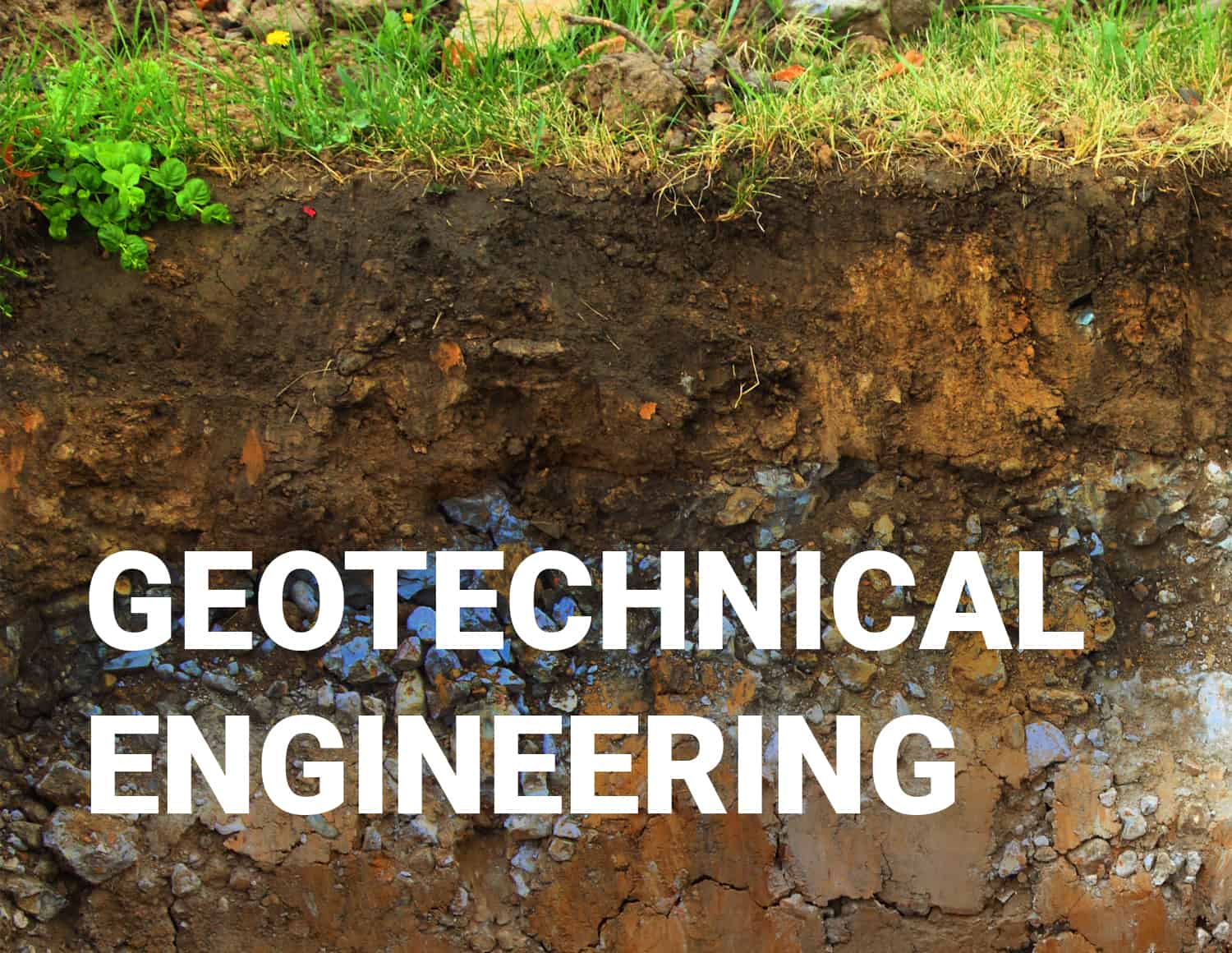
Geotechnical engineering is a branch of civil engineering that focuses on the behavior and properties of soil and rock materials. It plays a crucial role in the design and construction of structures like buildings, bridges, and dams. Geotechnical engineers study the soil and rock mechanics to ensure the stability and safety of these structures. It's like building a strong foundation for a successful construction project!
Geo-institute
coursera
linkedin learning
American Society of engineers

Environmental engineering is a branch of engineering that focuses on protecting and improving the environment. It involves the application of scientific and engineering principles to address environmental challenges and promote sustainability. Environmental engineers work on various issues such as air and water pollution, waste management, and environmental sustainability. They develop solutions to minimize the impact of human activities on the environment and ensure the health and well-being of communities. It's all about finding innovative ways to create a cleaner and more sustainable world!
coursera
environmental and water Resources Institute
linkedin learning
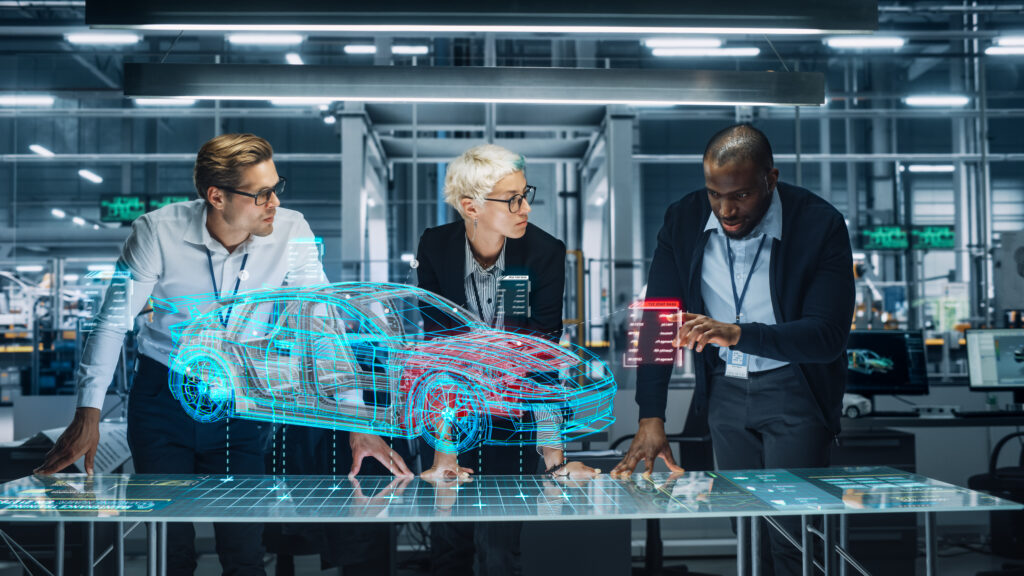
Automobile engineering is all about designing, developing, and maintaining cars. It involves various aspects like the engine, transmission, suspension, and safety features. Automobile engineers also work on improving vehicle performance and exploring alternative fuel technologies. It's an exciting field that combines engineering and a love for cars!
ABS
ESC
V2V
ADAS
LeetCode
HackerRank
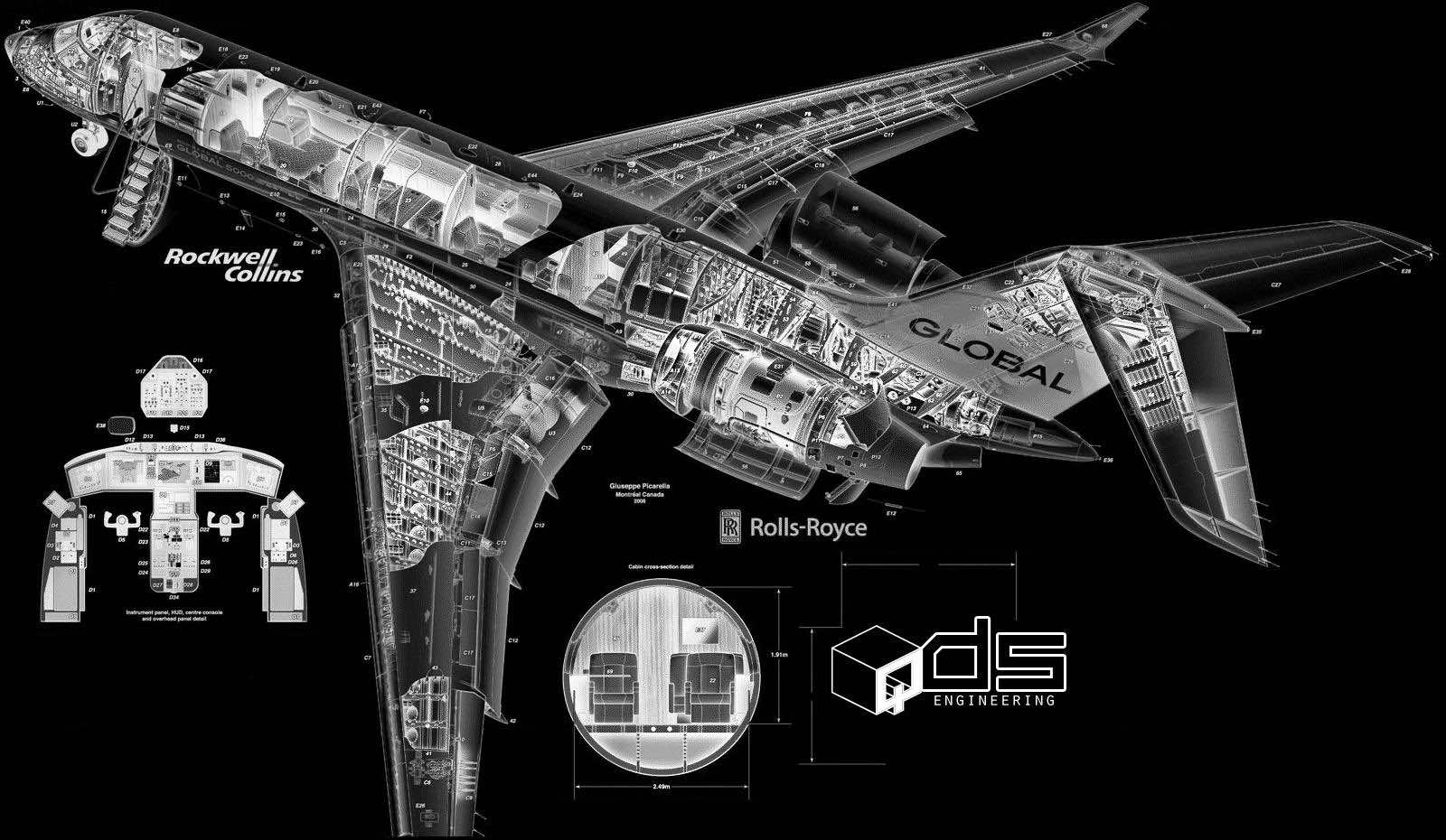
Aerospace engineering involves designing and building aircraft and spacecraft. You'll learn about aerodynamics, propulsion systems, materials, and more. It's an exciting field that combines science, engineering, and a passion for flight!
aerodynamics
propulsion
structure
development
LeetCode
HackerRank
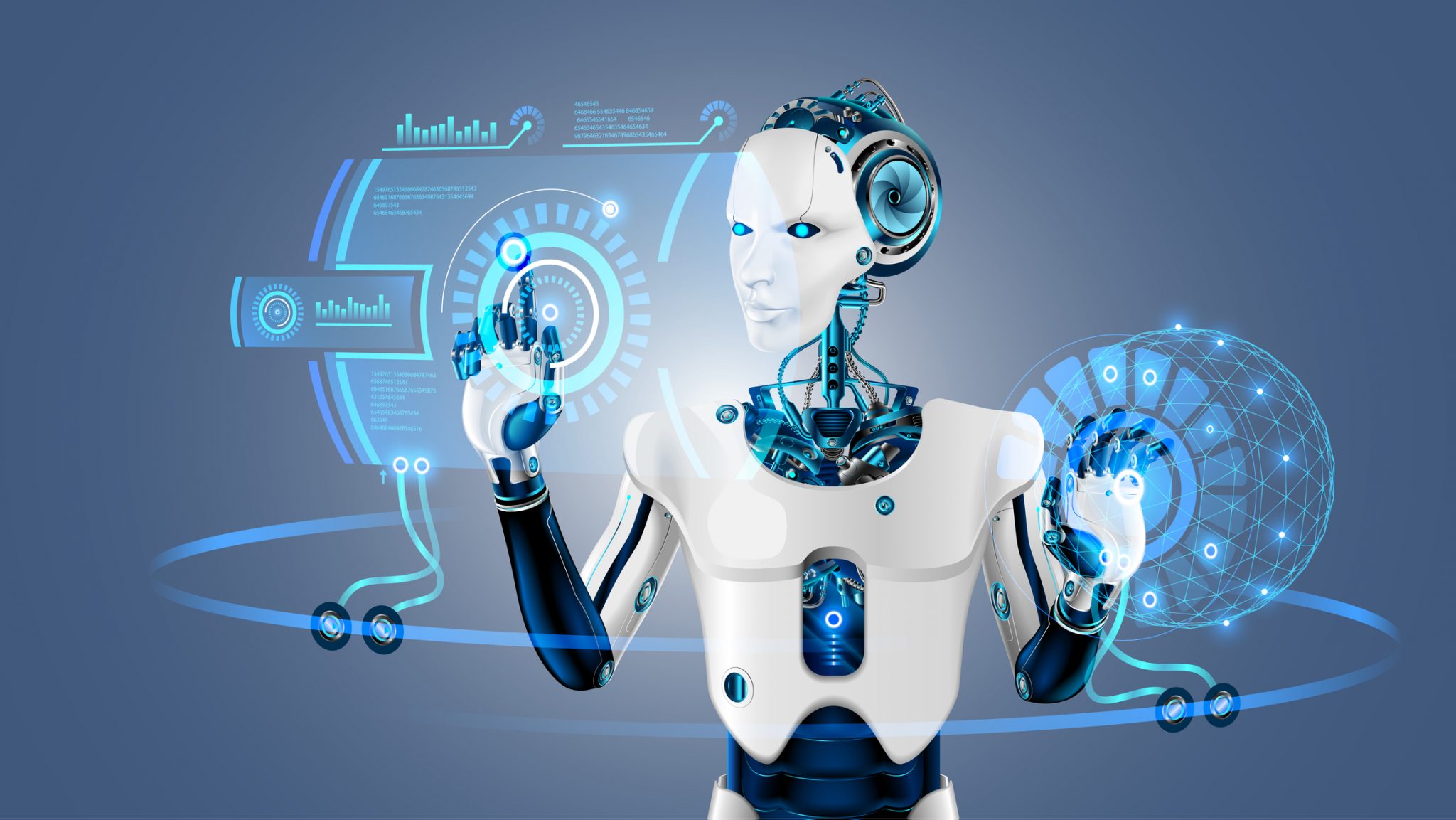
Robotics is all about designing, building, and programming robots to perform tasks. It combines engineering, computer science, and math. Robots can be found in various industries and can do all sorts of cool things!
LiDAR
AI
Human-robot
ML
LeetCode
HackerRank

In a thermodynamics course, you'll learn some awesome stuff! The objectives typically include understanding the laws of thermodynamics, analyzing energy transfer and conversion, and applying thermodynamic principles to real-world systems. You'll also explore concepts like entropy, heat engines, and thermodynamic cycles. It's a great way to dive into the fascinating world of energy and its transformations!
conservation of energy
no mass transfer
constant temperature
constant volume
LeetCode
HackerRank

Mechatronics is a field that combines mechanical engineering, electronics, and computer science. It focuses on designing and creating smart systems that integrate mechanical components, sensors, actuators, and computer control. It's like bringing together the best of both worlds to create awesome, intelligent machines!

Fluid mechanics is the study of how fluids (liquids and gases) behave and interact with their surroundings. It explores the principles and laws that govern the motion, forces, and energy of fluids. It's a fascinating field that helps us understand everything from the flow of water in rivers to the aerodynamics of airplanes!
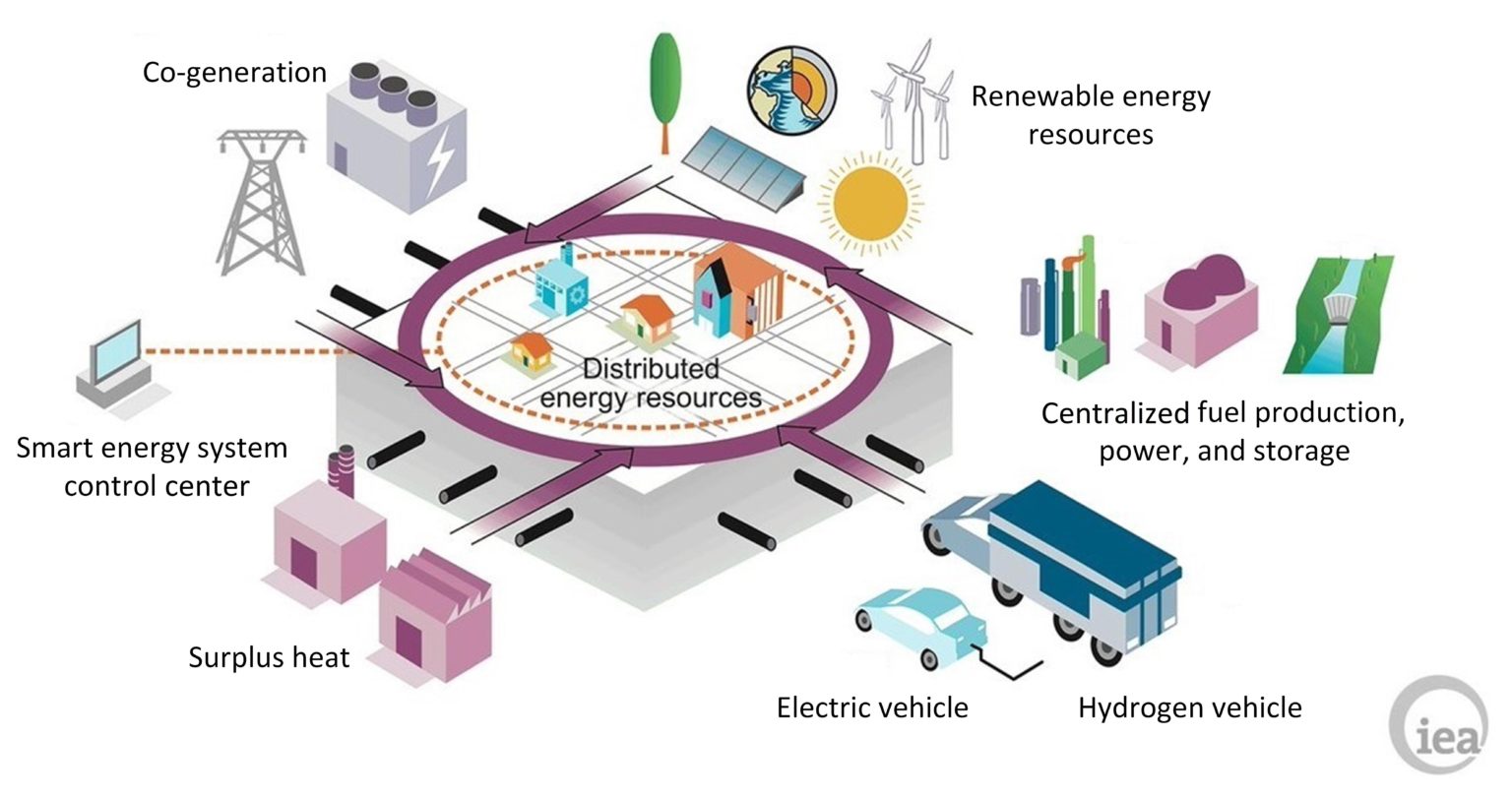
Renewable energy systems are all about harnessing the power of natural resources to generate clean and sustainable energy. These systems utilize sources like sunlight, wind, water, and geothermal heat to produce electricity or heat without depleting finite resources or causing harmful environmental impacts. It's an exciting field that focuses on finding alternative and eco-friendly ways to meet our energy needs. From solar panels to wind turbines, renewable energy systems are paving the way for a greener and more sustainable future!